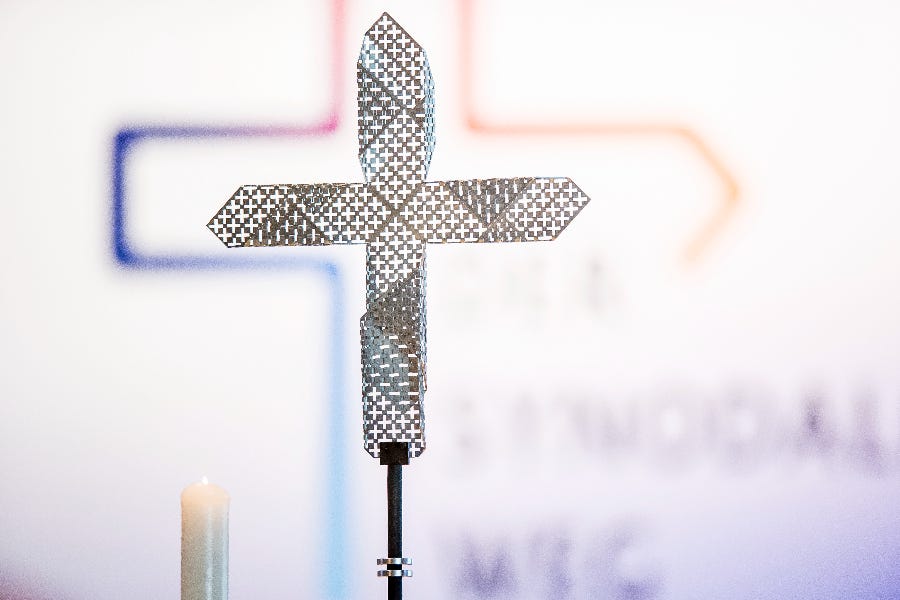
The news that a record number of people formally left the Catholic Church in Germany in 2021 will rekindle the debate about the country’s controversial “synodal way.”
The German bishops’ conference announced on June …

The news that a record number of people formally left the Catholic Church in Germany in 2021 will rekindle the debate about the country’s controversial “synodal way.”
The German bishops’ conference announced on June …